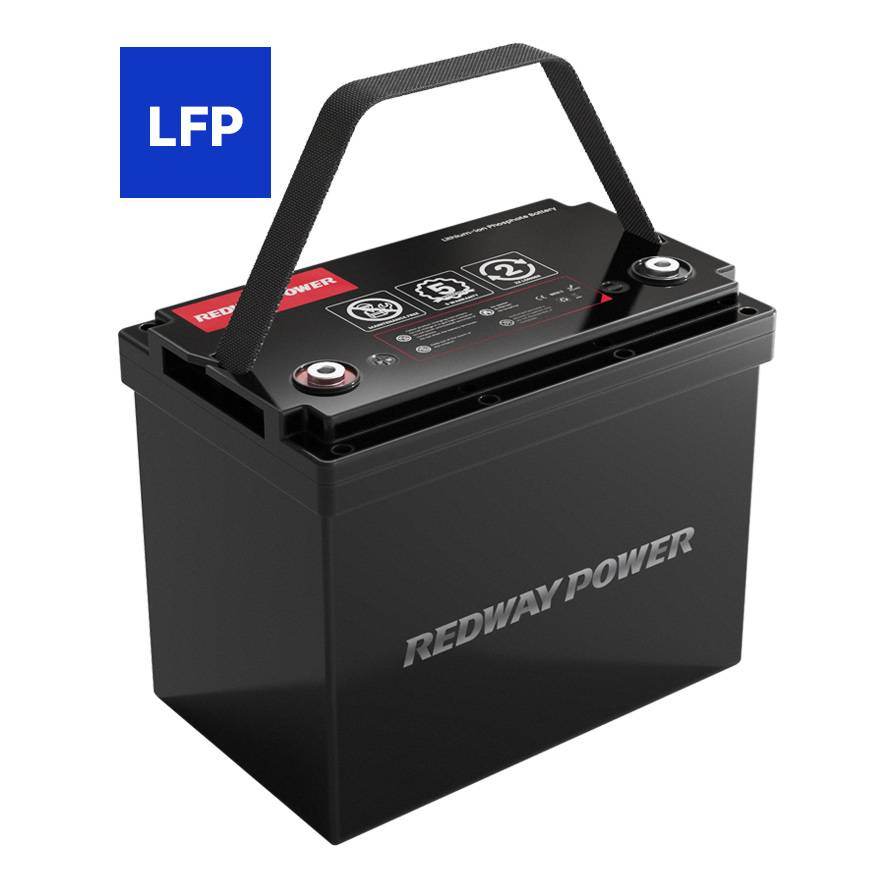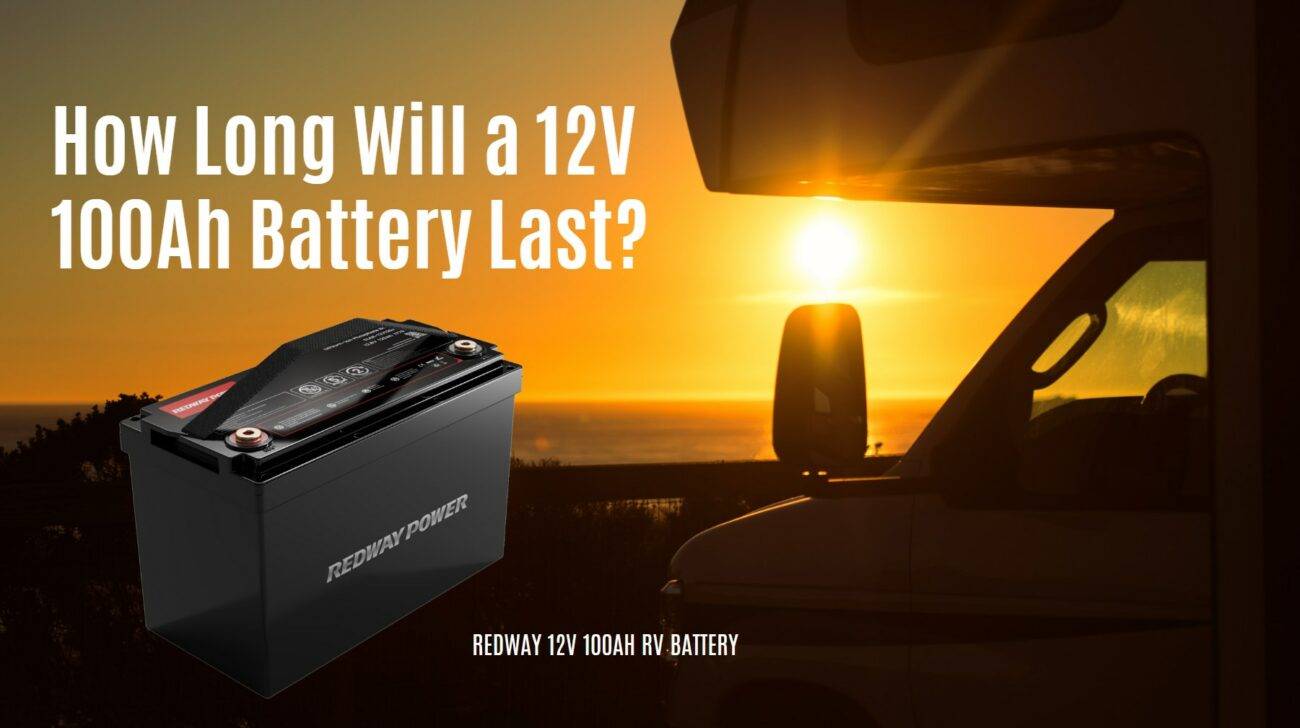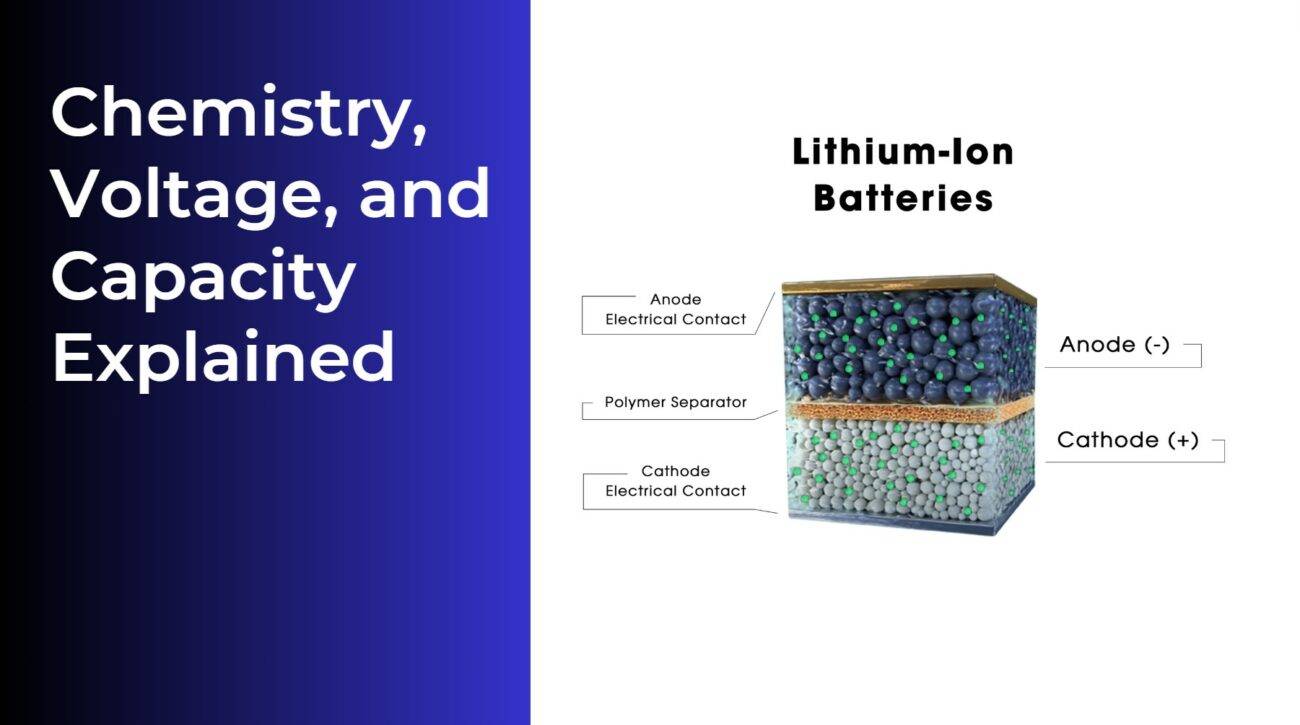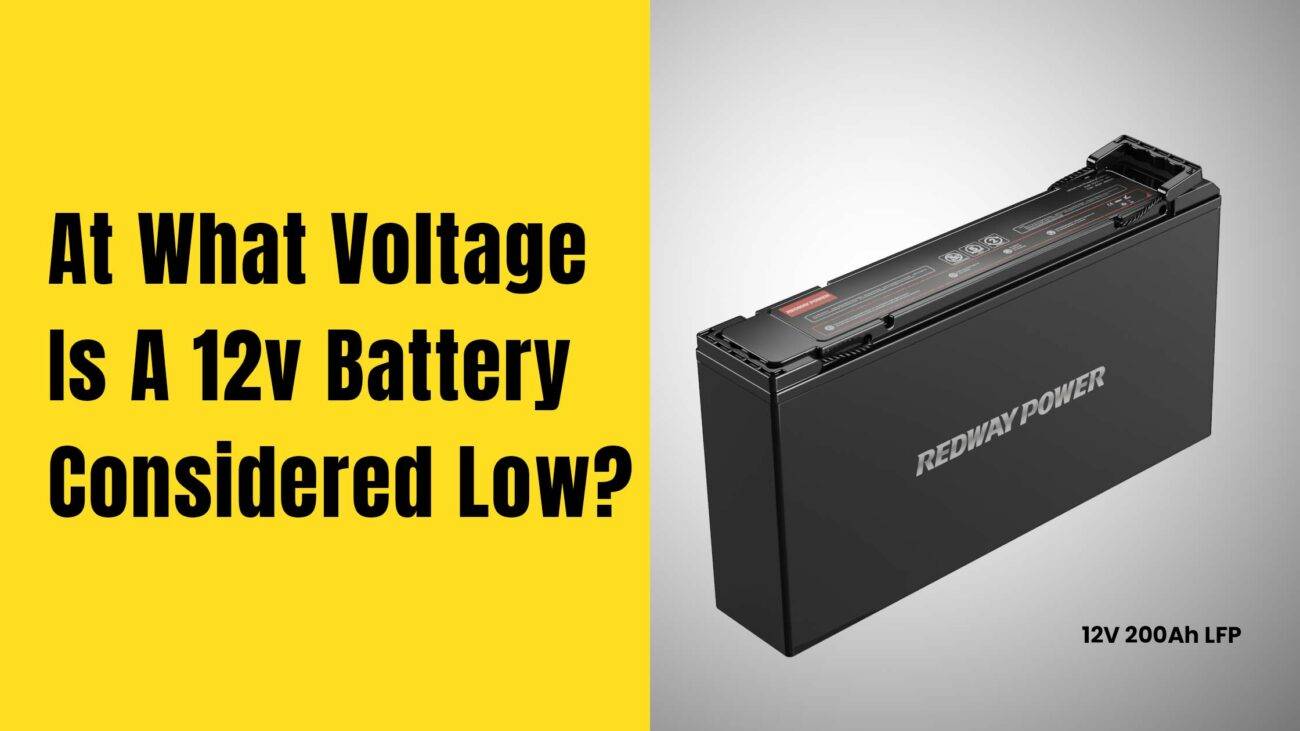
Blog
How to Properly Charge a 12V Lithium-Ion Battery

Charging a 12V lithium-ion battery correctly is crucial for its performance and lifespan. The ideal charging voltage typically ranges between 14.4V and 14.8V, depending on the specific battery chemistry and manufacturer recommendations. Understanding these parameters ensures optimal battery health.
Table of Contents
ToggleWhat is the Ideal Voltage for Charging a 12V Lithium-Ion Battery?
The ideal charging voltage for a 12V lithium-ion battery typically ranges between 14.4V and 14.8V, ensuring efficient charging while preventing potential damage. Charging within this range allows the battery to reach its maximum capacity without excessive heat buildup or stress on the cells. Unlike lead-acid batteries, which require constant trickle charging, lithium-ion batteries maintain their charge better and do not suffer from sulfation. A properly regulated charger ensures that the battery remains within this voltage range, promoting longevity and stable performance.
Wholesale lithium golf cart batteries with 10-year life? Check here.
When the battery is fully charged, the voltage will settle between 14.4V and 14.8V, while a partially charged battery may range from 13.0V to 14.3V. If the voltage drops below 13V, the battery is in a low charge state and should be recharged promptly to avoid deep discharge, which can reduce its lifespan. Using a smart charger with built-in protection features ensures the battery is not overcharged or deeply discharged, maintaining optimal efficiency over time.
The ideal charging voltage for a 12V lithium-ion battery generally falls between 14.4 volts and 14.8 volts. This range allows the battery to charge efficiently without risking damage from overvoltage or under-voltage situations.
| Charge State | Voltage Range |
|---|---|
| Fully Charged | 14.4 – 14.8 V |
| Partially Charged | 13.0 – 14.3 V |
| Low Charge | Below 13 V |
How Does Battery Type Affect the Charging Voltage?
Battery type significantly influences charging voltage requirements. For instance, lead-acid batteries generally require a maximum of 14.7 volts, while lithium-ion batteries typically charge at around 14.4 to 14.6 volts. Understanding these differences helps in selecting appropriate chargers to prevent overcharging or undercharging.
Battery type significantly influences the required charging voltage:
Want OEM lithium forklift batteries at wholesale prices? Check here.
- Lithium Iron Phosphate (LFP): Maximum charge voltage is around 14.8 volts.
- Nickel Manganese Cobalt (NMC): Typically requires around 12.6 volts.
- Lead-Acid Batteries: Standard maximum charge voltage can reach up to 14.7 volts.
Understanding these differences is essential for selecting appropriate chargers and ensuring battery longevity.
Battery type plays a crucial role in determining the optimal charging voltage, as different chemistries require specific voltage ranges to ensure safe and efficient charging. Lead-acid batteries typically need a higher voltage of up to 14.7V, while lithium-ion batteries such as Lithium Iron Phosphate (LiFePO4) operate optimally between 14.4V and 14.8V. Other lithium variants, like Nickel Manganese Cobalt (NMC), may require 12.6V for a full charge. Using an incorrect voltage can lead to overcharging, undercharging, or permanent battery damage.
Selecting a charger that matches the battery chemistry is essential for performance and longevity. Lead-acid chargers often include float and trickle charging, which is unnecessary for lithium-ion batteries. In contrast, lithium-compatible chargers feature precise voltage control to prevent overvoltage stress. Ensuring that the charging voltage aligns with the battery type prevents degradation, extends the battery’s lifespan, and maintains optimal power delivery over time.
What are the Signs of Overcharging or Undercharging a 12V Battery?
Signs of overcharging a 12V battery include swelling, excessive heat, foul odors, and decreased performance. Conversely, undercharging may manifest as reduced capacity, longer charging times, and failure to start devices. Monitoring voltage levels can help identify these issues early.
Recognizing signs of overcharging or undercharging can prevent damage:
- Overcharging: Symptoms include excessive heat, swelling, and leakage from the battery casing.
- Undercharging: Indicators consist of reduced performance, inability to hold a charge, and lower voltage readings (below 12 volts).
Regular monitoring of voltage levels can help maintain optimal battery health.
Overcharging and undercharging a 12V battery can lead to severe performance issues and potential damage. Overcharging occurs when the voltage exceeds safe limits, causing the battery to overheat, swell, and emit foul odors due to electrolyte breakdown. In extreme cases, it may lead to leakage or thermal runaway, particularly in lithium-ion batteries. Lead-acid batteries can experience excessive water loss and plate corrosion, reducing lifespan. If a battery feels hot to the touch or shows physical deformation, it may be overcharged.
On the other hand, undercharging results in reduced battery capacity, longer charging times, and an inability to hold a charge. Lead-acid batteries may develop sulfation, where lead sulfate crystals build up, permanently reducing efficiency. A 12V lithium battery that frequently drops below 12V may struggle to deliver consistent power. Regular voltage monitoring and using a smart charger help prevent these issues, ensuring optimal performance and battery longevity.
Why is Charging Voltage Critical for the Longevity of Lithium-Ion Batteries?
Charging voltage is critical for lithium-ion battery longevity because improper voltages can lead to overheating, reduced capacity, and accelerated wear. Consistently charging within the recommended voltage range helps maintain optimal performance and extends the overall lifespan of the battery.
Charging voltage directly impacts battery lifespan:
- Excessive voltage can lead to thermal runaway, resulting in permanent damage or failure.
- Insufficient voltage may prevent full charge cycles, leading to reduced capacity over time.
Maintaining proper voltage levels during charging enhances overall battery performance and extends its usable life.
Charging voltage plays a crucial role in the longevity and efficiency of lithium-ion batteries. If the voltage exceeds the recommended range, it can cause overheating, electrolyte degradation, and internal stress, leading to capacity loss and potential thermal runaway. Overvoltage accelerates wear on battery cells, shortening their lifespan and increasing the risk of failure. Conversely, using a voltage below the required threshold results in incomplete charging cycles, gradually reducing the battery’s usable capacity and limiting its overall performance.
By consistently charging within the optimal voltage range (typically 14.4V to 14.8V for a 12V lithium-ion battery), users can prevent premature wear and optimize energy storage efficiency. Modern Battery Management Systems (BMS) help regulate charging voltage, ensuring safe operation. Proper voltage control not only extends battery life but also improves safety, minimizes performance degradation, and maximizes long-term reliability, making it essential for maintaining consistent power output in various applications.
How to Choose the Right Charger for Your 12V Lithium-Ion Battery?
To choose the right charger for a 12V lithium-ion battery, ensure it matches the battery’s voltage and chemistry specifications. Look for chargers with built-in safety features like overcharge protection and appropriate current ratings to prevent damage during charging.
Selecting an appropriate charger involves considering several factors:
- Voltage Compatibility: Ensure the charger matches your battery’s required charging voltage.
- Current Rating: Look for chargers that provide current ratings suitable for your battery’s capacity.
- Smart Features: Opt for chargers with built-in protections against overcharging and overheating.
Using a charger specifically designed for lithium-ion batteries will maximize efficiency and safety during charging.
Choosing the right charger for a 12V lithium-ion battery is essential to ensure efficient, safe, and long-lasting performance. The charger must be compatible with the battery’s voltage and chemistry. Overcharging or using an incompatible charger can lead to battery degradation, overheating, or even failure. It’s crucial to select a charger that delivers the correct voltage range (typically 14.4V to 14.8V for lithium-ion batteries) and has an appropriate amp rating based on the battery’s capacity, typically 10-30% of the battery’s Ah rating for optimal charging speed and safety.
Additionally, smart chargers with built-in safety features—such as overcharge protection, temperature regulation, and automatic shutoff—help prevent damage and prolong battery life. Chargers with a Battery Management System (BMS) ensure the correct voltage and current flow. Investing in a high-quality lithium-specific charger prevents performance issues and maximizes the efficiency of your battery, making it a crucial component for maintaining long-term reliability.
What are the Maximum Charging Voltages for Different Types of Batteries?
Maximum charging voltage is a crucial factor in ensuring the safety, efficiency, and longevity of different battery types. Each battery chemistry has a specific voltage threshold that must not be exceeded to prevent overcharging, overheating, or degradation. For example, lead-acid batteries typically have a maximum charging voltage of 14.7V, while lithium-ion batteries require a lower range of 14.4V to 14.6V. Lithium Iron Phosphate (LFP) batteries, known for their stability and long lifespan, can handle up to 14.8V, whereas Nickel Manganese Cobalt (NMC) batteries require a significantly lower maximum of 12.6V.
Choosing a charger that matches the battery’s voltage requirements is essential to avoid premature wear or potential safety hazards. Using a charger with built-in voltage regulation and smart charging features helps maintain optimal battery health, ensuring efficient energy storage and prolonged operational life. Always refer to manufacturer guidelines to select the most suitable charging setup.
Maximum charging voltages vary by battery type:
- Lead-Acid: 14.7 volts (starting conditions)
- Lithium-Ion: 14.4 to 14.6 volts
- Lithium Iron Phosphate (LFP): 14.8 volts
Understanding these limits helps prevent overcharging and ensures safe operation.
| Battery Type | Maximum Charge Voltage |
|---|---|
| Lead-Acid | 14.7 V |
| Lithium Iron Phosphate (LFP) | 14.8 V |
| Nickel Manganese Cobalt (NMC) | 12.6 V |
Understanding these specifications helps in choosing chargers that align with your battery type.
How to Maintain Your 12V Lithium-Ion Battery?
To maintain a 12V lithium-ion battery, regularly check its state of charge, avoid deep discharges, and store it in a cool, dry place. Use compatible chargers and perform periodic maintenance cycles to ensure optimal performance and longevity.
Proper maintenance practices include:
- Regularly check voltage levels using a multimeter.
- Store batteries in a cool, dry place.
- Avoid deep discharges; recharge when levels drop below 20% capacity.
- Use smart chargers that adjust voltage based on charge state.
Adhering to these guidelines will promote longevity and reliability in your lithium-ion batteries.
What are Alternative Options for 12V Lithium-Ion Batteries?
Alternative options for 12V lithium-ion batteries include lead-acid batteries, which are heavier but often cheaper, and other lithium chemistries like Lithium Iron Phosphate (LFP) that offer enhanced safety and thermal stability. Each option has unique advantages depending on your application needs.
For those seeking alternatives, various options exist:
- Lead-Acid Batteries: While heavier, they are often less expensive but have shorter lifespans.
- Nickel-Cadmium (NiCd): These batteries offer good performance but suffer from memory effect issues.
For high-quality lithium-ion solutions, consider that Redway Power has an excellent range of products tailored to meet diverse needs.
Tips for Battery Wholesale Buyers
When purchasing lithium-ion batteries wholesale, consider these key points:
- Assess supplier reliability; look for manufacturers with proven track records like Redway Power, known for its expertise in lithium technology.
- Ensure compliance with safety standards and certifications.
- Understand OEM processes; establish clear communication regarding specifications and order quantities.
Choosing a reputable manufacturer ensures quality products that meet your expectations.
News
Advancements in Fast Charging Infrastructure: The electric vehicle industry is witnessing significant improvements in charging infrastructure, with a focus on faster charging times. Higher voltage systems, such as 800V, are becoming more common, enabling quicker charging without compromising battery health.
Elon Musk Announces Revolutionary Battery Technologies for 2025: Elon Musk has unveiled three new battery technologies for 2025, including sodium-ion, solid-state, and LFP Short Blade batteries. These advancements promise faster charging times and longer lifespans, potentially revolutionizing the electric vehicle market4.
Solid-State Batteries Gain Momentum: Solid-state batteries are expected to significantly impact the EV market due to their enhanced energy density, safety, and charging efficiency. Companies like Toyota are investing heavily in this technology, which promises to increase EV range and reduce charging times.
Redway Power Expert Views
“Investing in high-quality lithium-ion batteries is essential not just for performance but also safety,” says an expert from Redway Power. “With over thirteen years in manufacturing, we understand how critical it is to provide reliable products that meet modern energy demands.”
















